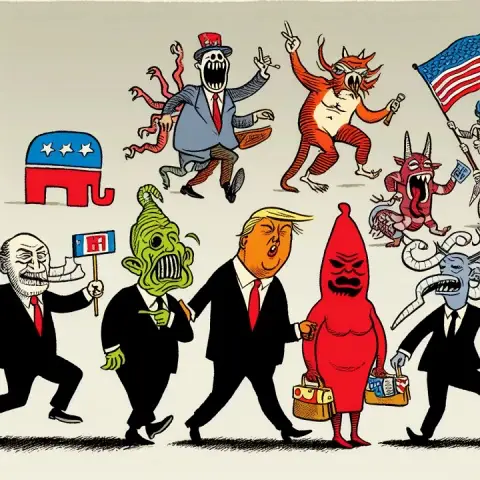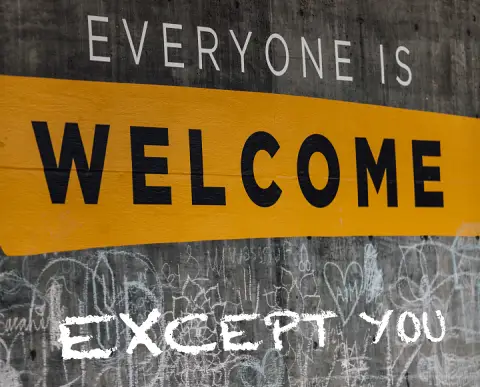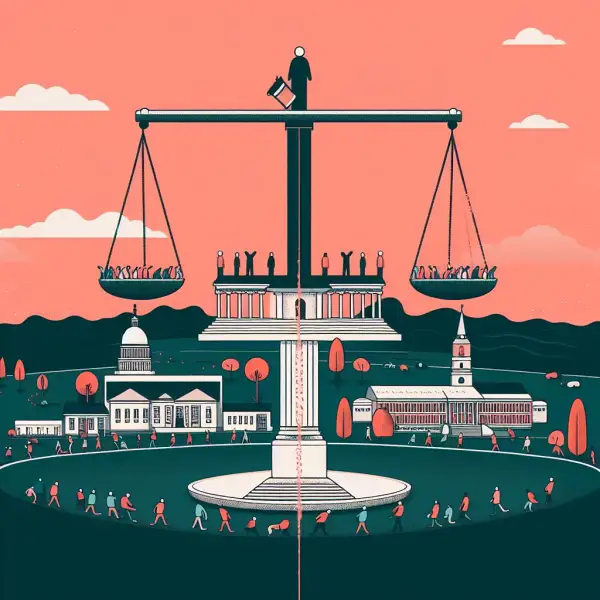Table of Contents
The line-item veto is a power that allows the chief executive to cancel specific parts of a bill, usually budget appropriations, without rejecting the whole bill. This power is often seen as a way to reduce wasteful spending and improve fiscal responsibility. However, it is also a source of controversy and debate, as it can affect the balance of power between the executive and legislative branches, and have unintended consequences for the public interest. In the United States, the line-item veto is unconstitutional for the president, but it is granted to most state governors. The case of former President Donald Trump illustrates some of the dangers and drawbacks of the line-item veto, and why it should be used with caution and restraint.
Background
Prior to Trump, the line-item veto was controversial with presidents of both parties arguing for the authority. Presidents such as Ronald Reagan, George H.W. Bush, Bill Clinton, and Barack Obama all expressed their desire to have the line-item veto, or a similar power, to cut unnecessary or harmful spending from the bills passed by Congress. They argued that the line-item veto would make the budget process more efficient, accountable, and bipartisan, and that it would save taxpayers’ money and reduce the national debt.
However, the line-item veto also presents several problems and challenges for the American people and their democracy. Perhaps the most potent argument against the authority is President Donald Trump, who attempted to usurp power and control of government both overtly and secretively. Trump’s actions and policies during his presidency showed how the line-item veto could be abused and misused by a president who does not respect the rule of law, the separation of powers, or the public interest. If Trump’s legacy is not an absolute argument against this presidential authority, at the very least, it signals the need for strong restrictions and safeguards.
Arguments for the Line-Item Veto
One of the arguments in favor of the line-item veto is that it would save time and resources by allowing the president to strike items that are of no benefit to the American people, such as pork barrel projects, earmarks, or special interest provisions. However, this argument assumes that the president would use the line-item veto in a fair and impartial manner, and that he or she would have the best interest of the nation at heart. This was not the case with Trump, who revealed the falsity of this argument. Trump often used his veto power, or threatened to use it, to advance his own agenda, or to punish his political opponents. For example, he vetoed the National Defense Authorization Act for 2021, a bill that had bipartisan support and was crucial for the security and welfare of the military, because it included a provision to rename military bases that honored Confederate leaders, and because it did not repeal Section 230, a law that protects social media companies from liability for the content posted by their users. He also vetoed a bill that would have provided $900 billion in coronavirus relief to millions of Americans, because he wanted larger stimulus checks and less foreign aid. These vetoes were not based on the merits of the bills, but on Trump’s personal preferences and grievances. They also created more work and delay for Congress, which had to override his vetoes or negotiate new bills or modifications. Therefore, the line-item veto would not necessarily save time or resources, but could instead create more gridlock and conflict.
Another argument in favor of the line-item veto is that it would increase accountability and transparency, by allowing the president to remove wasteful or corrupt sections of the bill, and to expose the lawmakers who inserted them. However, this argument also relies on the assumption that the president would be honest and responsible, and that he or she would take accountability for his or her own actions. This was not the case with Trump, who defied reason and logic, by taking no responsibility for anything, including his involvement with Russia to influence the 2016 election, and the 2021 storming of the United States Capitol, which he is blamed for inciting . Trump also showed no regard for the truth or the facts, by spreading lies and misinformation about the coronavirus pandemic, the 2020 election, and other issues. He also refused to disclose his tax returns, his business dealings, or his health records, despite the public’s right to know. Therefore, the line-item veto would not necessarily increase accountability or transparency, but could instead enable the president to evade scrutiny and accountability, and to manipulate the public opinion.
Another argument in favor of the line-item veto is that it would improve bipartisanship and cooperation, by allowing the president to remove parts of the bill that are unacceptable or controversial, and to find a more agreeable bill that can pass both chambers of Congress. However, this argument also depends on the assumption that the president would be willing to reach across the aisle, and to compromise and negotiate with the other party. This was not the case with Trump, who made this argument outlandish and absurd, by being unable to find agreement even with his own party, let alone with the Democrats. Trump often clashed with Republican leaders and lawmakers, such as Mitch McConnell, Paul Ryan, John McCain, and Mitt Romney, over various issues, such as health care, immigration, foreign policy, and the impeachment trials. He also alienated and attacked many of his former allies and supporters, such as Jeff Sessions, John Bolton, Anthony Fauci, and Mike Pence, when they disagreed with him or criticized him. He also showed no interest or skill in working with the Democrats, whom he often insulted and demonized, calling them “socialists”, “radicals”, or “traitors”. Therefore, the line-item veto would not necessarily improve bipartisanship or cooperation, but could instead worsen the polarization and division in the country.
Arguments against the Line-Item Veto
Many state governments already use the line-item veto, and the effectiveness of this model is often pointed to by proponents of the presidential line-item veto. However, this argument falls short for several reasons. First, states enact this law differently, with different forms and degrees of the authority. Some states allow the governor to veto only appropriations items, while others allow the veto of any part of the bill. Some states require a simple majority to override the veto, while others require a supermajority. Some states allow the legislature to amend the vetoed items, while others do not. Therefore, the state experience is not uniform or consistent, and it does not necessarily translate to the federal level. Second, presidential authority is vastly different than state authority, and giving expansive powers to the president creates a global, not just statewide, effect. For instance, striking down funding for immigration issues, national defense, or foreign aid has a larger impact than a governor striking down state funding for an immigration program, a military base, or a humanitarian project. Therefore, the line-item veto at the federal level would have more consequences and implications than at the state level.
The Supreme Court showed great wisdom in striking down the Line-Item Veto Act of 1996 for being unconstitutional. The use of such authority essentially undermines the entire congressional process, since the president is able to rewrite the law, without the consent of the legislature. This violates the Presentment Clause of the Constitution, which requires that the president either sign or veto the bill as a whole, and not alter or amend it. Perhaps this is the most compelling opposing example to the line-item veto, since President Trump operated throughout his presidency showing support for racists, making environmental and public health rollbacks, and dismantling LGBTQ rights . These actions and policies show how the line-item veto could be used to harm the rights and interests of the American people, and to undermine the democratic principles and values of the nation.
The Trump Lesson
The line-item veto is a controversial and contentious power that has been sought by many presidents, but denied by the Constitution and the Supreme Court. The case of former President Donald Trump shows why the line-item veto is not a panacea for the problems of the budget process, but a potential threat to the balance of power, the rule of law, and the public interest. The line-item veto should be used with caution and restraint, and only with strong restrictions and safeguards, to prevent its abuse and misuse by a president who does not respect the will of the people, the role of Congress, or the spirit of the Constitution.















